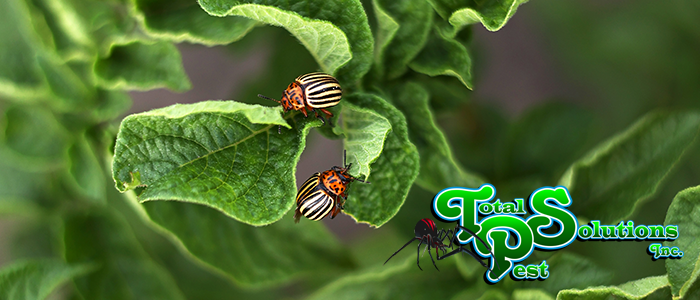
Three new types of this “murder hornet” have turned up in the Pacific Northwest this year. They are giant Asian hornets that recently invaded North America. These are a great threat to the honeybee. Their sting is also something that can never be forgotten by those they have stung. Read on to learn the basics of the murder hornet and whether they are a concern or not.
The History
Last year when they were discovered by biologists, there were very few. They didn’t think they would make it through the winter, but they did. The two found in Washington State were queens. One of which had already mated. One of these giant, orange-and-black insects was found dead in a roadway near Custer, Washington.
An insect specialist with Washington’s department of agriculture announced that on May 29th, 2020 the body found was that of an Asian giant hornet. It had hatched last year. This queen was out looking to found a new colony. The second queen was found squirming on someone’s porch near Bellingham, Washington. The person had stepped on it and smashed it. They then reported it on June 6th, 2020. Learn how to tell stinging insects apart so you can report any potential sightings in your area.
All About The Queen
The queens of this species can grow up to two inches long. They use their mandibles shaped like spiked shark fins to wipe out a honeybee hive in a matter of hours. They decapitate the bees and fly away with their thoraxes to feed their young. The hornet’s potent venom and long stinger is enough to puncture a bee keeping suit and they make for an excruciating combination that victims have likened to hot metal driving into their skin.
Scientists have embarked on a full-scale hunt for the hornets. They are worried that the invaders could decimate bee populations in the United States and establish such a deep presence that all hope for eradication could be lost.
Appearance
Beyond its size, a murder hornet has a very distinctive look. They have cartoonish, tear drop eyes similar to spider man, orange and black stripes that extend down it’s body like a tiger and huge, broad wings like a small dragonfly. They can get up to two inches long and they have a three-inch wing span.
Preparation
Over the winter, state agricultural biologist and local bee keepers got to work having to prepare for the coming season. Ruthie Danielsen, who is a bee keeper in the area, helped organize her peers to combat the hornets. In November, a single hornet was seen in the White Rock, British Columbia, perhaps 10 miles away from the discoveries in Washington State. This is too far for the hornets to be part of the same colony. Even earlier, there had been a hive discovered on Vancouver Island, which is located on a strait, which is far too wide for a hornet to have crossed from the mainland.
Tracking Them Down
A gentleman by the name of Conrad Bérubé, is the person who has to track down and investigate the hive. He set out at night when the hornets would be in their nest in shorts, thick sweatpants, and then his bee suit. He donned Kevlar braces on his ankles and wrists. As he approached the hive, the noise of him jostling the brush under his feet and the light from his flashlight awoke the nest. He didn’t have time to smoke the nest before he felt a searing pain in his leg. The hornets stung his at least seven times, some of the stings drawing blood.
These hornets are large enough to track through use of radio-frequency tags to monitor where it goes. While most bees would be unable to fly with a disruptive marker attached, that is not the case with the Asian giant hornet. It is big enough to handle the extra load.
continue reading
Related Posts
Florida’s Weather: A Pest’s Paradise or Homeowner’s Nightmare? When it
Pest Control Showdown: Professionals vs. DIY in Auburndale As the
The Importance of Bed Bug Detection Services for Your Hotel






